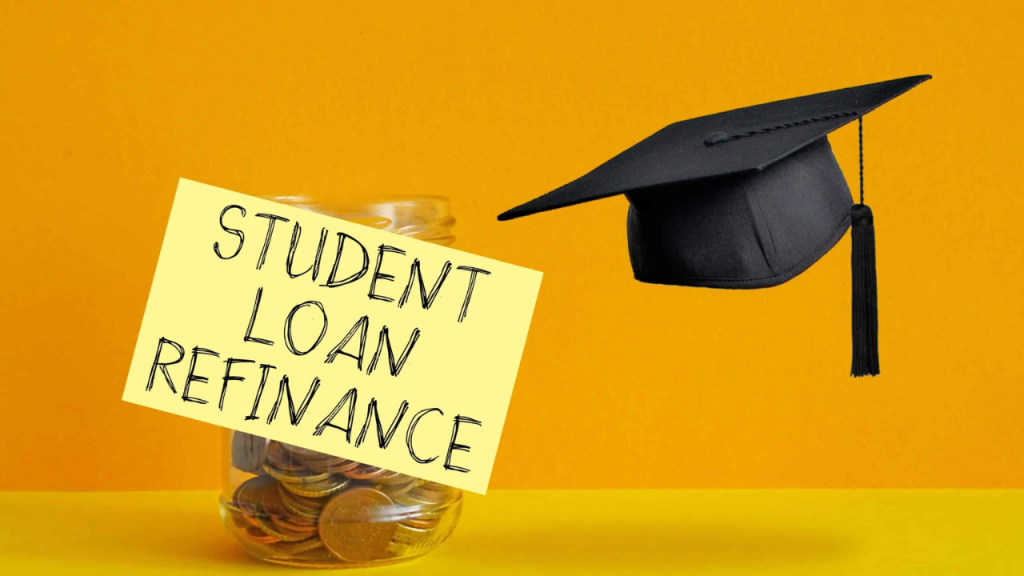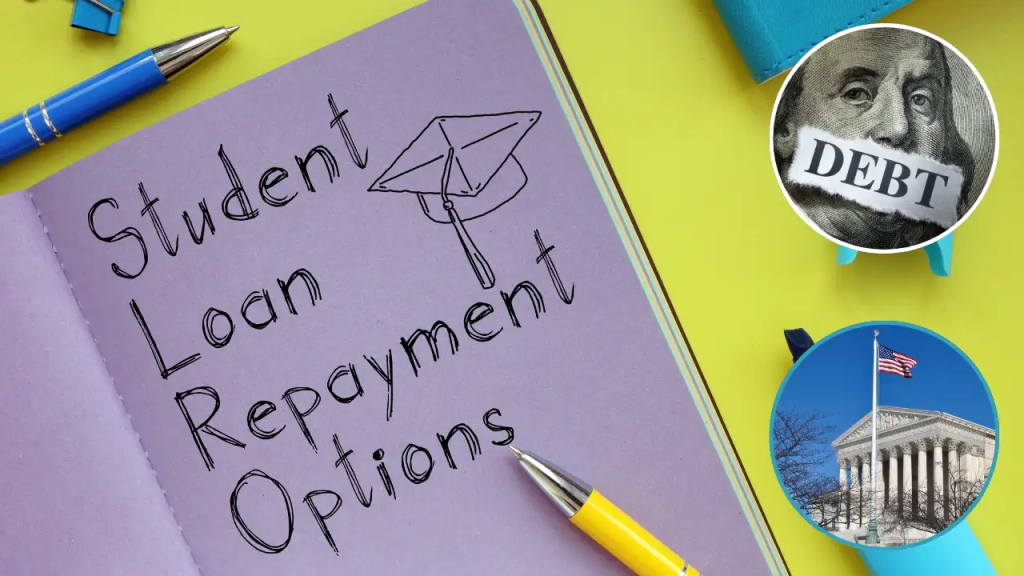
In 2025, many student loan borrowers are wondering if this is the right time to refinance their loans. With federal repayment plans in flux and interest rates fluctuating, it’s natural to feel confused.
Some people may want to refinance for a lower interest rate and lower monthly payments, but it’s not always the best option—especially if you have federal student loans.
It’s important to know that you can refinance both federal and private student loans. But refinancing federal loans means giving up benefits like income-driven repayment plans and potential loan forgiveness. If you’re not careful, you might lose more than you save.
Recently, the SAVE Plan—a repayment option meant to help federal borrowers—was blocked by the courts. That means many borrowers who joined SAVE are now in a general forbearance period.
They don’t have to pay for now, and interest isn’t building up, but this time doesn’t count toward loan forgiveness. This uncertainty makes it even more important to think carefully before refinancing.
According to Colleen Salchow, a certified financial counselor, unless you qualify for a much lower fixed interest rate through refinancing, it’s safer to stay in the federal loan system. Federal loans still offer some support if you lose your job or face financial hardship.
When looking at student loan refinance rates in 2025, it’s clear that market conditions are unpredictable.
The Federal Reserve didn’t change its rates in March, but future rate cuts could come depending on how the economy does. Still, waiting for lower rates might not be the smartest move if you already qualify for a good refinance deal today.
Mark Kantrowitz, a financial aid expert, says that if you can get a lower interest rate now, it might make sense to refinance instead of waiting.
Jack Wang, a college finance advisor, adds that monthly payments matter even more than the rate. If refinancing gives you room in your budget, it can be a smart move. Plus, if rates drop later, you can refinance again.
Refinancing can help you save money, depending on your current loan details and your new loan terms. Some of the main goals of refinancing include paying less interest, reducing your monthly payments, or paying off your loan faster.
However, lowering your monthly payment by extending the loan term might increase your total cost over time, so be aware of that trade-off.
Refinancing makes the most sense if your credit score is good.
Most private lenders require a credit score of 670 or above. If you have a cosigner, it can help you qualify, but refinancing later can also allow you to release that cosigner from responsibility.
For those focused on getting rid of debt quickly and not pursuing forgiveness, refinancing might be the best way to go. If you work in a stable industry and don’t expect to switch careers, it could be a good time to act.
It’s also useful if you have a mix of federal and private student loans. You don’t have to refinance all your loans—you can refinance just your private ones and keep your federal loans with their protections.
Borrowers juggling multiple loans might want to refinance to simplify repayment. One refinance loan can combine several older ones, making it easier to manage.
But again, if you’re combining federal loans into a private refinance loan, be sure you’re okay with losing benefits like income-driven repayment or forgiveness options.

If you want to keep federal protections but still simplify, you can apply for a Direct Consolidation Loan through the U.S. Department of Education. This doesn’t lower your rate but keeps you in the federal system.
Some people may also refinance to remove a cosigner from their current loan. If you’ve built up your credit score and have a stable job, refinancing under your name only is possible—and can be a good idea.
However, refinancing is not always the right choice. If your job or income is unstable, you should probably keep your federal loan benefits. In case of job loss or financial trouble, federal programs can offer payment help and even $0 payments under income-driven repayment.
Also, if you are close to getting loan forgiveness or are working in a public service job, refinancing would take away your chance at that benefit. Federal loan forgiveness programs like Public Service Loan Forgiveness (PSLF) and income-driven repayment forgiveness can save you thousands, but you lose access to them once you refinance.
Even if you’re just a few years away from paying off your loans, refinancing might not make sense. The savings won’t be large enough, and the risks of losing protections could outweigh the benefits.
Thinking of changing careers? You might need the flexibility that federal loans offer. Keeping your options open is safer if you’re unsure about your plans.
If you’re not ready to refinance, there are other ways to make your student loans more manageable. Signing up for autopay could give you a small interest rate discount. You can also explore income-driven repayment plans or apply for federal consolidation.
Even changing your payment due date might help with budgeting. And some employers now offer student loan repayment support as part of employee benefits—check if your company offers that.
In the end, refinancing your student loans in 2025 could be a smart way to save money—but only if your situation fits. Compare rates from different lenders, look at the long-term impact on your budget, and think about what benefits you may be giving up. Make sure to do the math before making a final decision.
